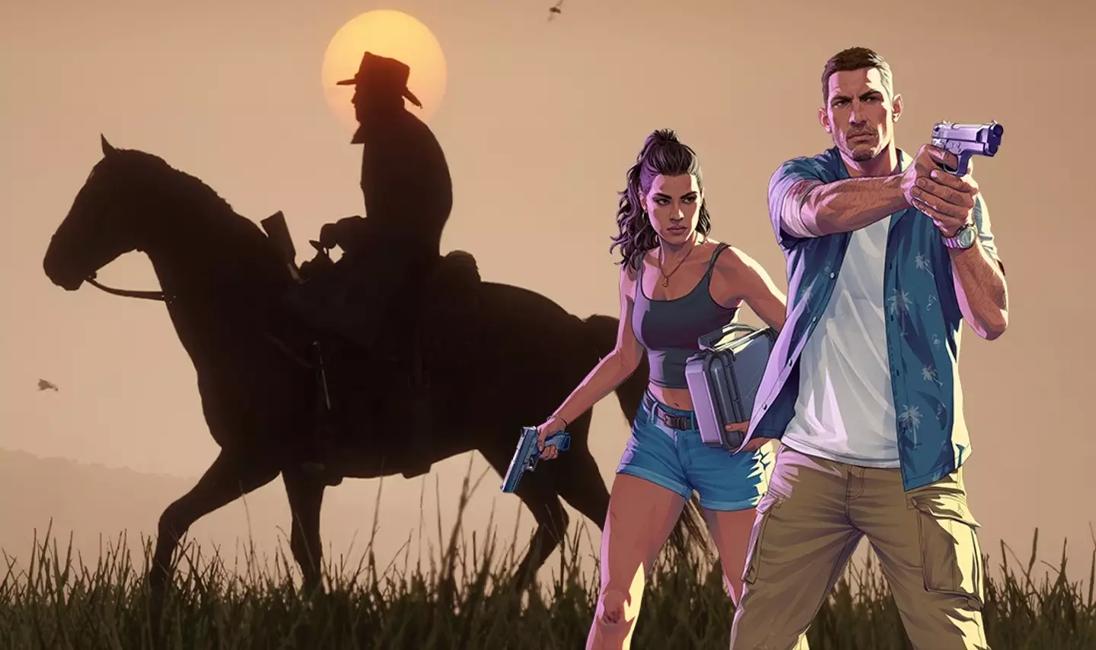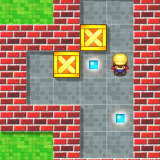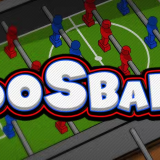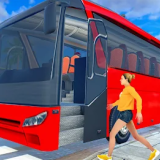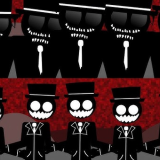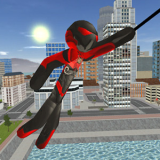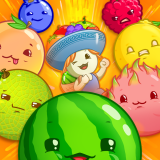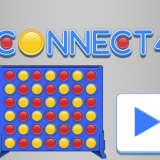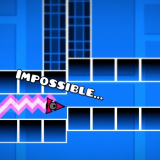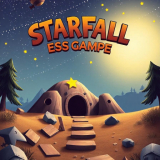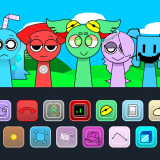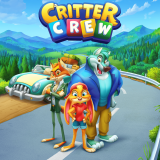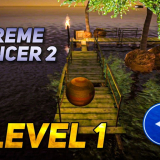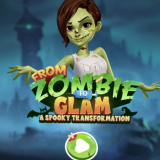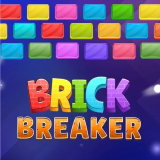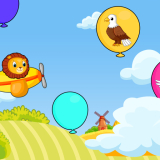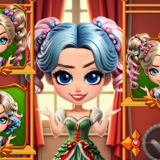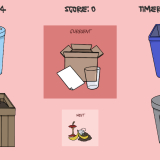Okay, hear me out. I know what you're thinking: "Shrinking horse balls? Seriously?" But before you click away in disgust (or morbid curiosity), let me explain why this seemingly insignificant detail from Red Dead Redemption 2 has stuck with gamers, and why its potential absence in GTA 6 is a legitimate cause for concern. Yes, I said legitimate. I mean, open-world games need more than just guns and explosions, right?
It's about immersion, folks. It's about the level of detail that makes a virtual world feel alive, responsive, and, dare I say, believable. Rockstar Games, especially, has built its reputation on crafting these kinds of deeply realized worlds. And it's the little things, like realistic horse anatomy reacting to the environment, that elevate their games from mere entertainment to something approaching art. Or, at least, really, really good entertainment.
The Beauty of the Mundane: Why Details Matter
Think about it: what truly separates a great open-world game from a mediocre one? Is it just the size of the map? The number of missions? Nope. It's the density of detail. It's the random encounters, the emergent gameplay, the sense that the world continues to exist and evolve even when you're not directly interacting with it. And sometimes that immersion means, well, seeing a horse react to cold weather. I know, I know. But trust me on this.
Red Dead Redemption 2 pushed this concept to the extreme. The physics engine was a marvel, the animal AI was shockingly realistic, and the sheer volume of interactive elements was staggering. You could track animals across the map, study their behavior, and even witness the effects of weather on their...ahem...sensitive parts. It was all part of creating a world that felt genuinely alive.
But here's the thing: that level of detail wasn't just there for shock value. It served a purpose. It grounded the player in the world, making them feel like a participant rather than just an observer. It made the experience more visceral, more memorable, and ultimately, more meaningful.
GTA 6: Will Immersion Be Lost?
So, why am I worried about GTA 6? Well, for starters, the gaming landscape has changed since Red Dead Redemption 2. There's a greater emphasis on accessibility, on streamlining gameplay, and on catering to the widest possible audience. Which, okay, I get. But sometimes, in the pursuit of mass appeal, crucial details get sacrificed. And I, for one, don't want to see GTA 6 become another homogenized, cookie-cutter open-world experience.
I initially thought the horse anatomy thing was a one-off joke. But after seeing how much it contributed to RDR2's world, I'm convinced it's a sign of a broader design philosophy. Will GTA 6 maintain that commitment to detail? Will it push the boundaries of immersion in new and unexpected ways? Or will it play it safe, opting for spectacle over substance? I'm honestly not sure. Time will tell, of course, but I have a nagging suspicion that something might be lost in translation.
And it's not just about shrinking horse balls, either. It's about the hundreds of other tiny details that contribute to the overall sense of realism. The way the light reflects off the water, the sound of the wind rustling through the trees, the way NPCs react to your presence – all of these things add up to create a world that feels believable and engaging.
The Quest for Everlasting Realism
The frustrating thing about this topic is that it's hard to quantify the impact of these details. It's not like you can point to a specific feature and say, "This is what makes the game great." It's more of a cumulative effect. It's the feeling you get when you're exploring the world, when you're interacting with its inhabitants, when you're simply existing within it. I keep coming back to this point because it's crucial, in my opinion.
But...okay, maybe the horse thing is a little weird. But you know what's even weirder? A game that feels sterile, lifeless, and devoid of personality. Give me shrinking horse balls over that any day. And as highlighted in The Economist's special report last summer, the trend towards photorealistic graphics demands a corresponding increase in the realism of world simulation, or it all falls apart. Actually, that's not quite right. Not falls apart. It just...feels hollow.
FAQ: Horse Anatomy and GTA 6 - What You Need To Know
Why did Red Dead Redemption 2 include such detailed horse anatomy?
It boils down to Rockstar's commitment to realism and immersion. They wanted the world to feel alive and responsive, and that included accurately simulating the effects of weather on all living creatures. Was it necessary? Maybe not. But did it contribute to the overall experience? Absolutely. Some saw it as an Easter egg but it was a commitment to gaming experience.
How can shrinking horse balls impact the overall gameplay of GTA 6?
It's not about the shrinking horse balls themselves, but rather what they represent: a commitment to detail and realism. If Rockstar omits these kinds of details in GTA 6, it could indicate a shift in design philosophy, potentially leading to a less immersive and engaging experience. And nobody wants that, right?
Is the absence of shrinking horse balls a sign of GTA 6 being a bad game?
Not necessarily! There are plenty of other ways to create an immersive and engaging open-world experience. However, it could be a warning sign. It's like if a restaurant known for its meticulous attention to detail suddenly starts cutting corners – it might be a sign of trouble ahead. If GTA 6 gamers yearn for the return of hyper-realism, they may be disappointed by a more streamlined experience.
Will GTA 6 actually have horses?
That's the million-dollar question, isn't it? Given that GTA is set in a more modern setting, horses may not be a major focus. But if they are included, it will be interesting to see how Rockstar handles their anatomy. Let's hope they remain as committed to the details as they were in Red Dead Redemption 2.
- First important point about the content
- Second point with detailed explanation
- Another noteworthy detail
- Final concluding thought
